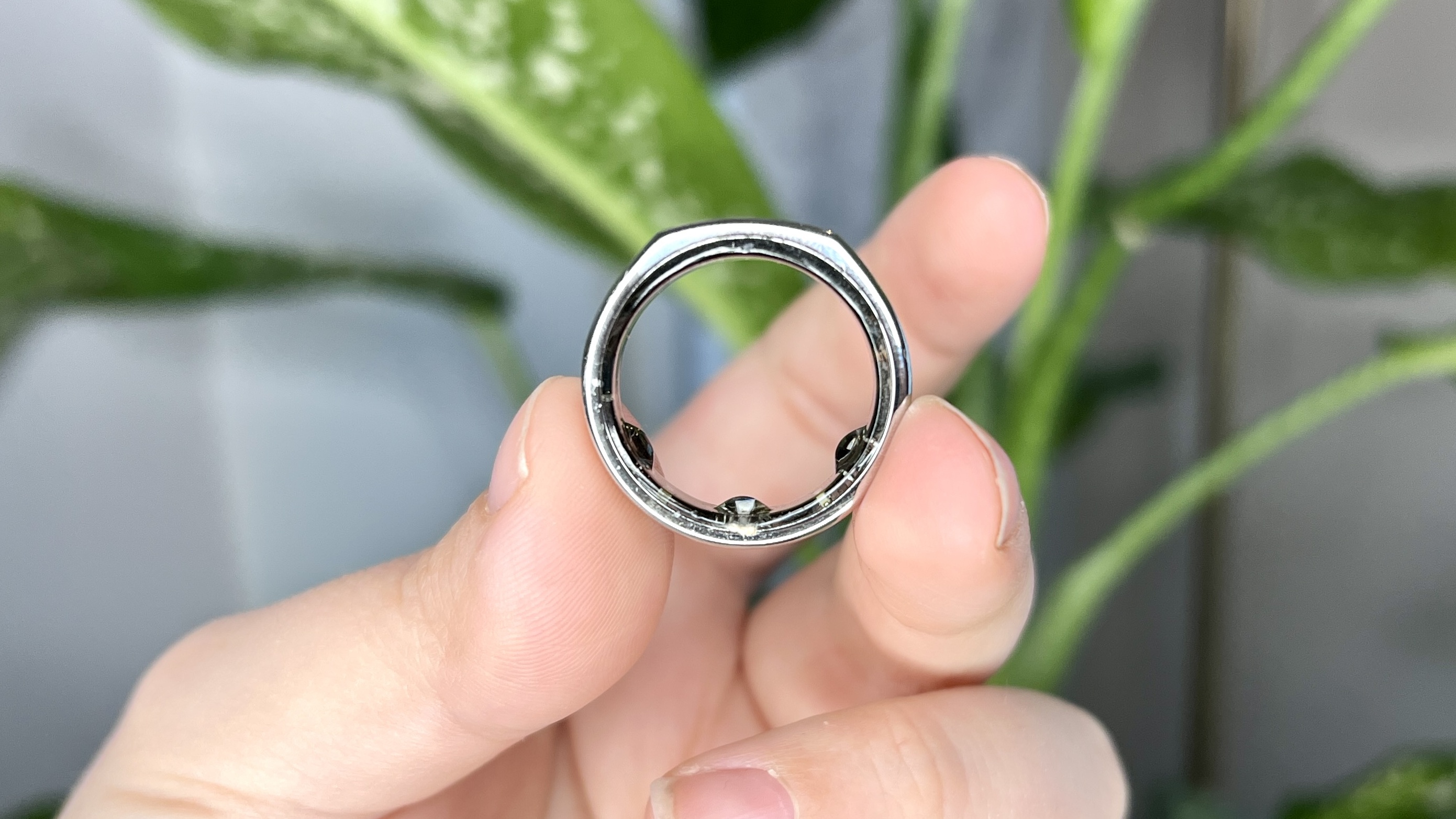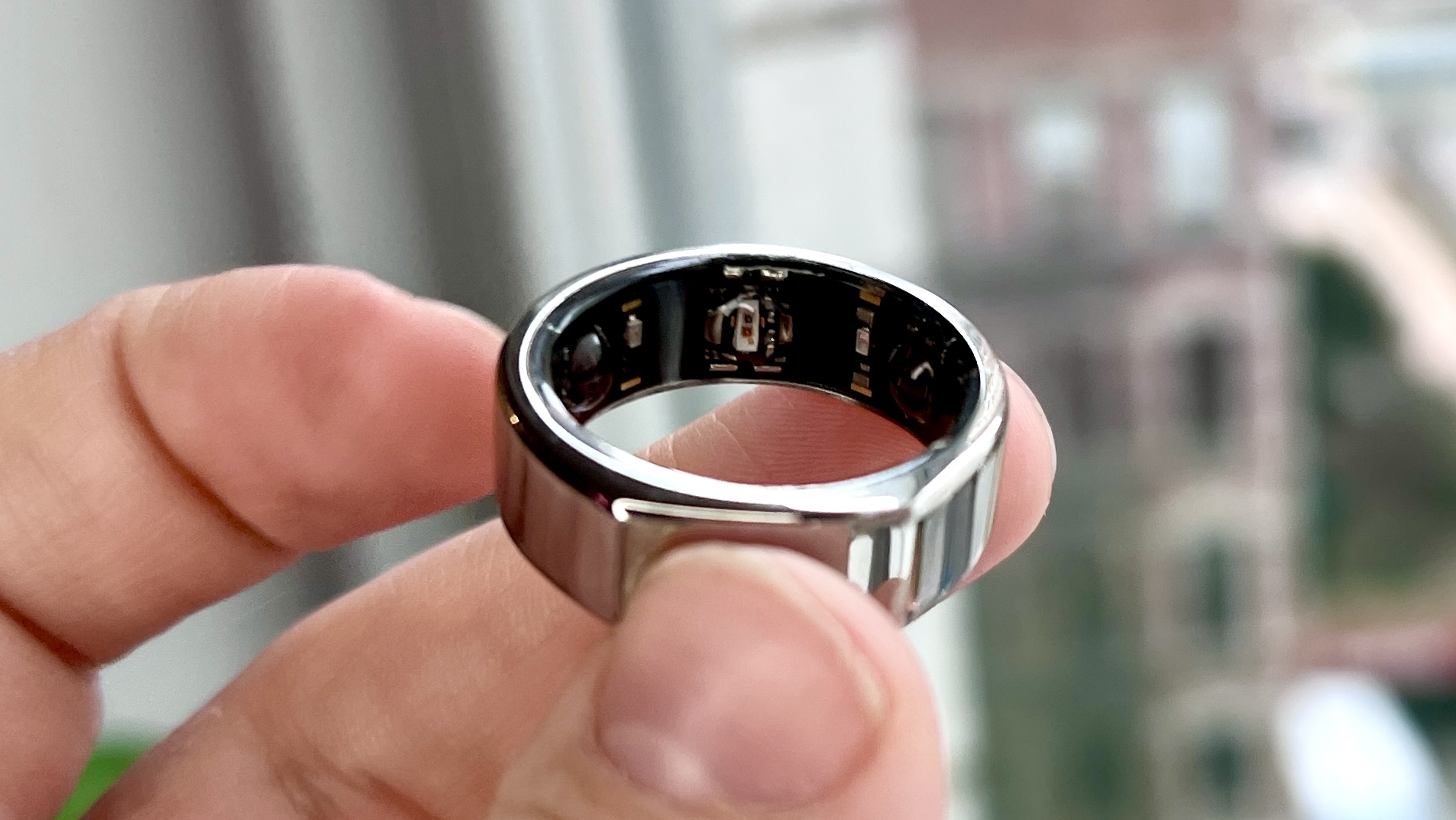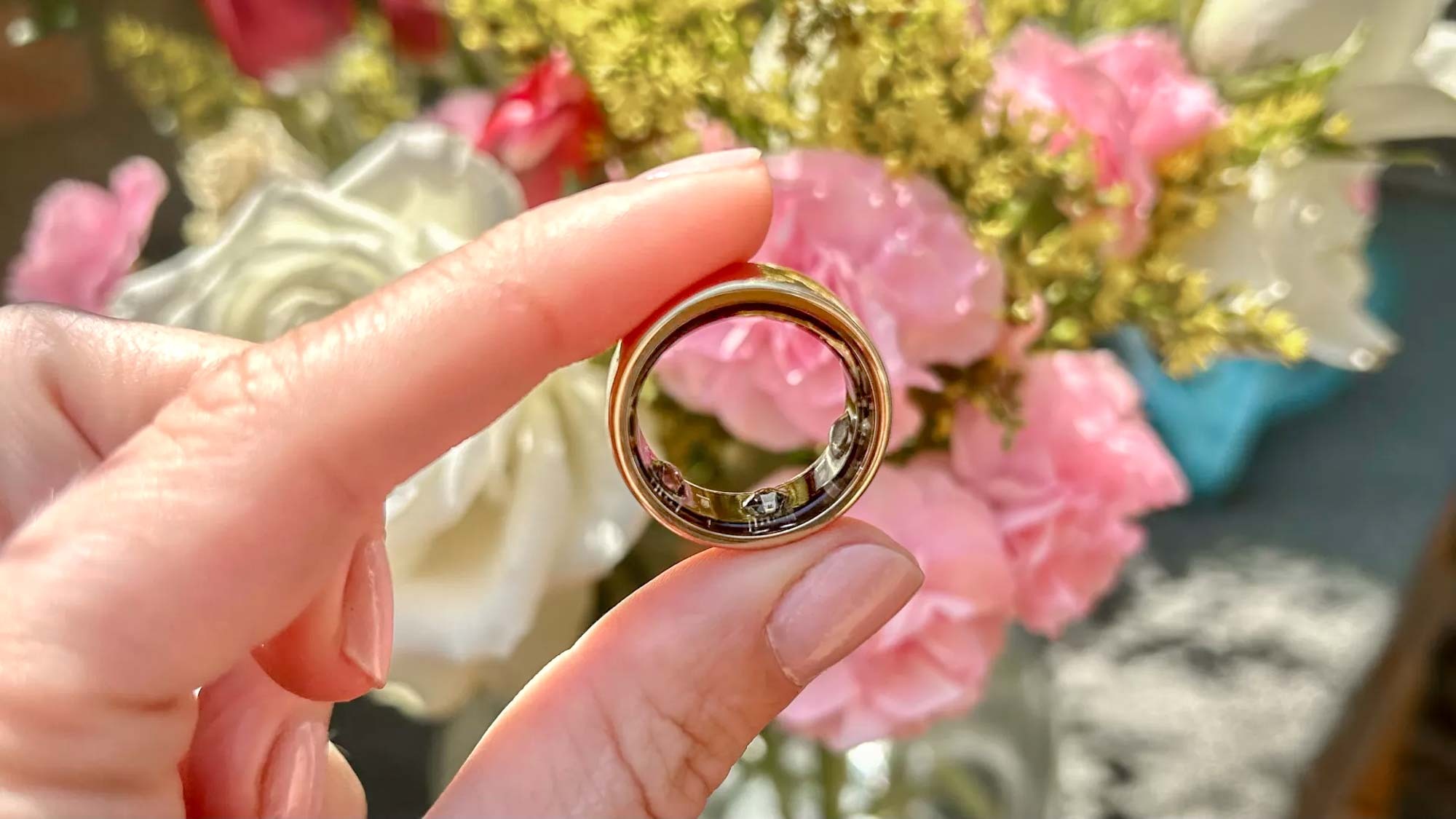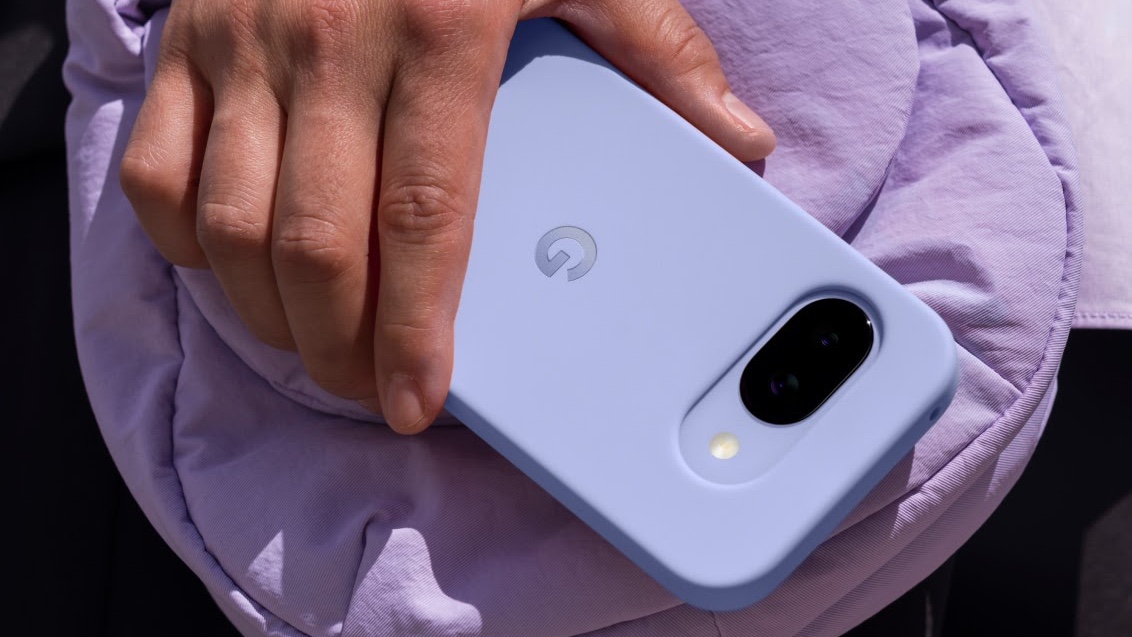The Oura Ring is the best device I've tested for tracking periods — here's why
I’ve used this tracker for six months, and I wouldn't go back

Recent updates
On October 3, 2024, Oura announced the Oura Ring 4, with improved battery life, a new all-circular design, and more accurate sensors. And if you're a Gen 3 wearer, Oura has also redesigned the app for everyone to make it easier to track trends along with several new features. The hardware improvements are most focused on improving accuracy of the measurements, which should, in turn, also improve the quality or accuracy of Oura's period tracking features.
These days we expect a lot more from our fitness trackers and running watches — they’re no longer just for counting our calories, steps, and distance run. Instead, we use our trackers to monitor our sleep, heart rate, and even stress levels on a daily basis. As a female marathon runner, I also use my tracker to monitor another important aspect of my health — my menstrual cycle.
As I mentioned in my article on how to use Garmin’s menstrual cycle tracking, there are four main stages of the menstrual cycle — menstruation, the follicular phase, ovulation, and the luteal phase. Your hormones will vary in each phase of your cycle, and as exercise impacts your hormone balance, some women find it can be helpful to adapt their exercise routine to their cycle. Of course, you don’t need an expensive gadget to track where you are in your cycle — here’s how to track your period without any tech.
My day job is to test the best trackers on the market, and one that wins, hands down, from a menstrual tracking perspective is the Oura Ring. The ring uses a skin temperature sensor to take a body temperature reading while you sleep, meaning you don’t need to take a basal body temperature reading in the morning — something I was never organized enough to remember to do.
Typically, your body temperature is cooler during the first half of your cycle, when your estrogen levels are high. Your body temperature rises in the second half of your cycle, around the time you ovulate, when your progesterone levels are high. Your temperature will then decrease again at the start of your period when your hormone levels drop.

I’ve been using the Oura Ring Generation 3 for six months, and after coming off birth control a year ago, the ring has helped me gain a better understanding of my body and my cycle. While my Garmin Fenix 7 has a menstrual tracking app, it doesn’t take a skin temperature reading, meaning it’s often just making estimations based on the average length of past cycles.
My Apple Watch Series 8 also takes skin temperature readings and can be used to track changes in temperature that signal ovulation, however, the 18-hour battery life often means my watch is sat on my bedside table charging, not around my wrist as I sleep, skewing the data.
To find out more about how the Oura Ring measures menstrual cycles, and the benefits of using the skin temperature method, I spoke to Caroline Kryder, Product Manager and Women’s Health Lead at Oura, and Dr. Kiarra King, a Chicago-based physician who is board certified in obstetric and gynecology.
Sign up to get the BEST of Tom's Guide direct to your inbox.
Get instant access to breaking news, the hottest reviews, great deals and helpful tips.
How does the Oura Ring track your period?
“The Oura Ring accurately predicts your next period and alerts you six days before it starts based on the fluctuations in your body temperature,” Kryder explains. “For those who track their period with Oura, your insight messages are tailored to focus on balancing activity and recovery depending on where you are in your cycle phases. Compared to other period trackers that have to rely on user-input data (like how long your cycle tends to be), Oura is able to read the weather patterns of your cycle straight from your body so it can spot if it is delayed or arriving early.”
The Oura Ring also connects to the Natural Cycles app, which is an FDA-cleared method of birth control, although this does mean paying two separate subscriptions — one for your Oura Ring, and one for Natural Cycles. As I already paid for a period tracking app, I canceled one and switched to Natural Cycles, but if you’re using free methods, this does add up.

Is skin temperature more accurate than other methods of period tracking?
“The menstrual cycle is like a vital sign. Its regularity, or lack thereof, can be an important indicator of overall health,” explains Dr. King. “Temperature trends add another layer of data to help those trying to conceive or prevent pregnancy and is often used in conjunction with other information. A woman’s body temperature may increase slightly once ovulation has occurred and remain elevated for several days after ovulation,” Dr. King explains.
“Interestingly, it has been shown that measuring skin temperature, as is done with the Oura Ring, is a reliable method for tracking body temperature trends. It should be noted that tracking body temperature isn’t 100% and can be impacted by illness, stress, or even some medications,” adds Dr. King.
How does the Oura Ring work for women with irregular cycles?
But what about women who have irregular cycles? “Period Prediction is designed to work for individuals who have natural temperature patterns in their cycle because it uses your temperature deviations to detect different phases of your cycle. Hormonal contraceptives (e.g., birth control pills), pregnancy, or hormone replacement therapies hide or alter these patterns, preventing Oura from accurately predicting your period,” Kryder explains.
“People have irregular cycles for a wide variety of reasons but if that irregularity obscures the natural temperature pattern, Oura will switch from making predictions from your temperature data based on information on your past cycles and typical length.”
More from Tom's Guide

Jane McGuire is Tom's Guide's Fitness editor, which means she looks after everything fitness related - from running gear to yoga mats. An avid runner, Jane has tested and reviewed fitness products for the past five years, so knows what to look for when finding a good running watch or a pair of shorts with pockets big enough for your smartphone. When she's not pounding the pavements, you'll find Jane striding round the Surrey Hills, taking far too many photos of her puppy.
